Subscription growth hack (by PayKickstart)
Facebook Group - 3,932 members
Visit Group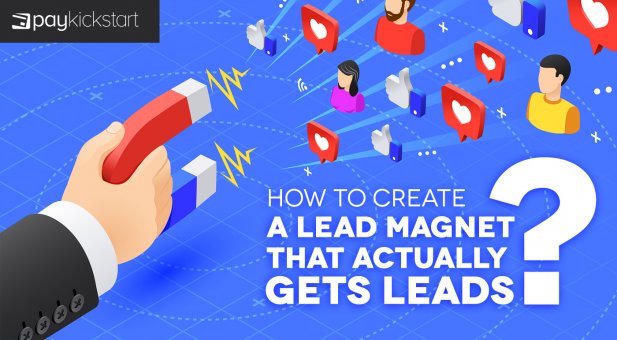
Lead generation is one of the most effective marketing tactics to build up revenue and generate your own business asset you can turn to when you need (e.g. when your traffic is slowing down).
Creating and marketing a lead magnet helps you generate more leads and start those relationships with your current and potential customers going.
A lead magnet (also known as a “opt-in bribe” and a “content upgrade”) is a free digital product (download, access to something, etc.) that entices people to opt in to your email list.
It works like this:
Here’s our own example of a lead magnet:
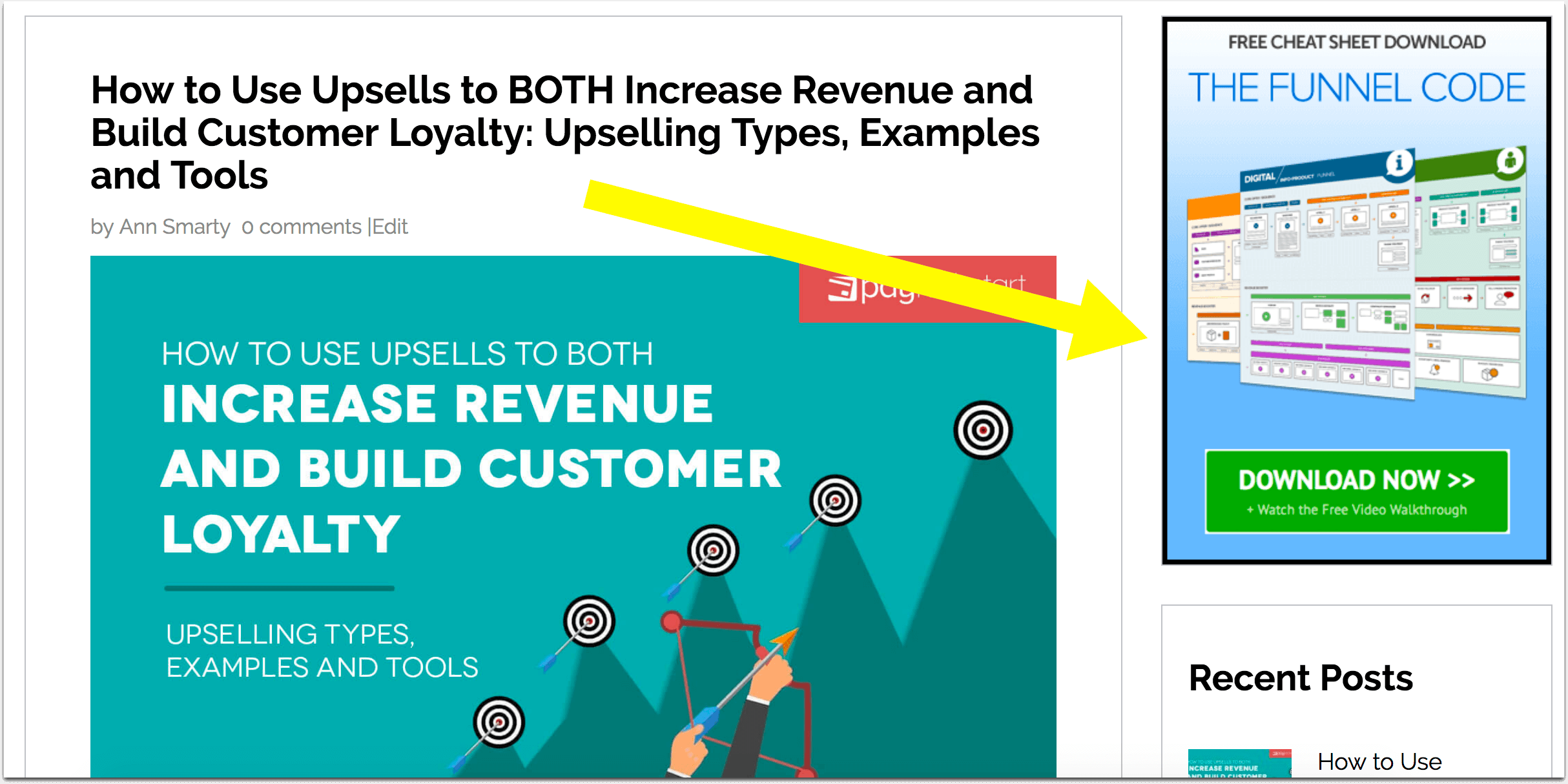
Lead magnets make a perfect secondary conversion goal (for those people who are not ready to buy yet). As the name suggests, lead magnets are used for lead generation, and there are lots of ways they can help you engage more of your site users (More on these below)
According to various case studies, when done well, lead magnets can make a huge difference to your lead generation strategy:
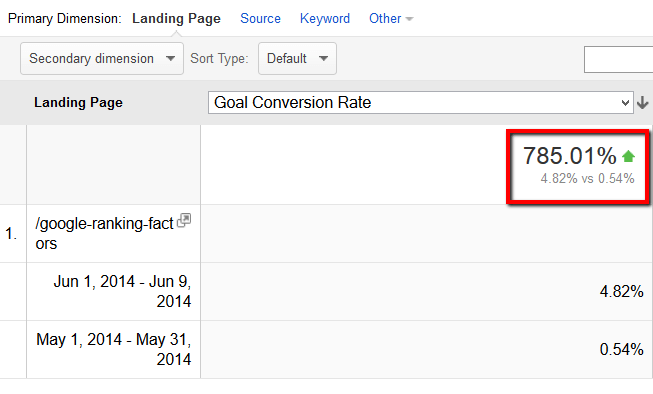
A lead magnet largely relies on “Zero-Price Effect“: people tend think that there’s no downside to “free:”
Humans make decisions without rationalizing the outcomes of their choices… when something is FREE! we forget the downside. FREE! gives us such an emotional charge that we perceive what is being offered as immensely more valuable than it really is
So the main thing about a lead magnet is that it’s free, and this makes it an incredibly useful marketing tool.
Additionally, a good lead magnet:
*To ensure your lead generation is not preventing your site users from actually buying from you, set up advanced conversion monitoring using Finteza. The platform allows you to closely monitor your multiple calls-to-action and conversion channels to make sure your buyer’s journey is smooth and you are not losing sales to downloads:
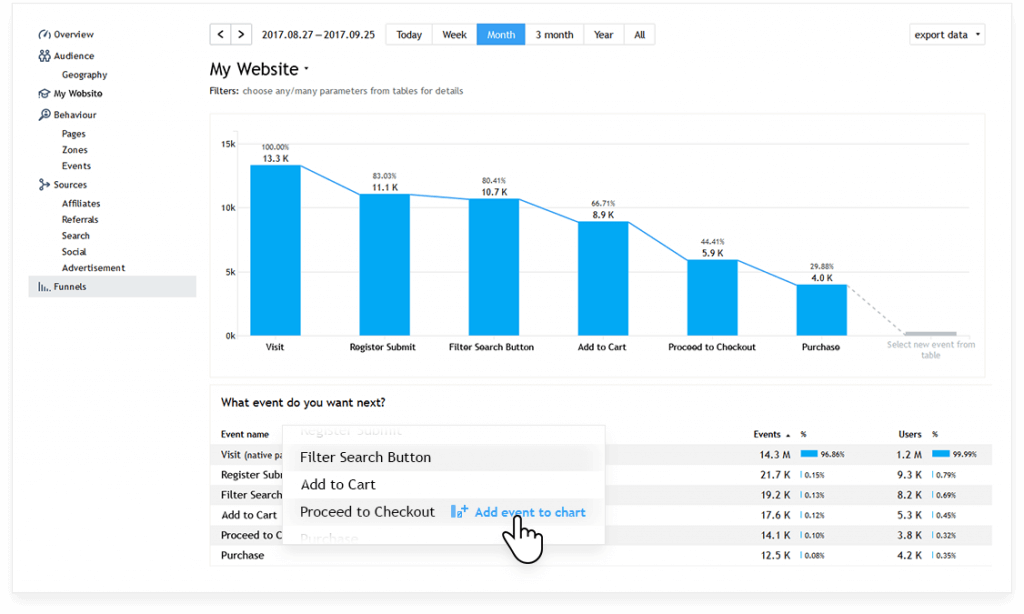
With all the above criteria in mind, to create an effective lead magnet, you need to (1) thoroughly analyze your existing opportunities as well as (2) build additional landing pages to attract more leads naturally:
Google Analytics “User Flow” report is an easy way to identify pages that attract traffic but struggle to engage users. The report gives a graphical representations of the paths users are taking through your site. Select “Source” as a starting dimension and you’ll see your traffic sources at a glance, the most popular landing pages and where the users headed next.
Hover over any landing page to see its total visits, the number of drop-offs (i.e. people that left without taking any kind of an action) and the amount of through traffic (i.e. how many users went to another page of your site).
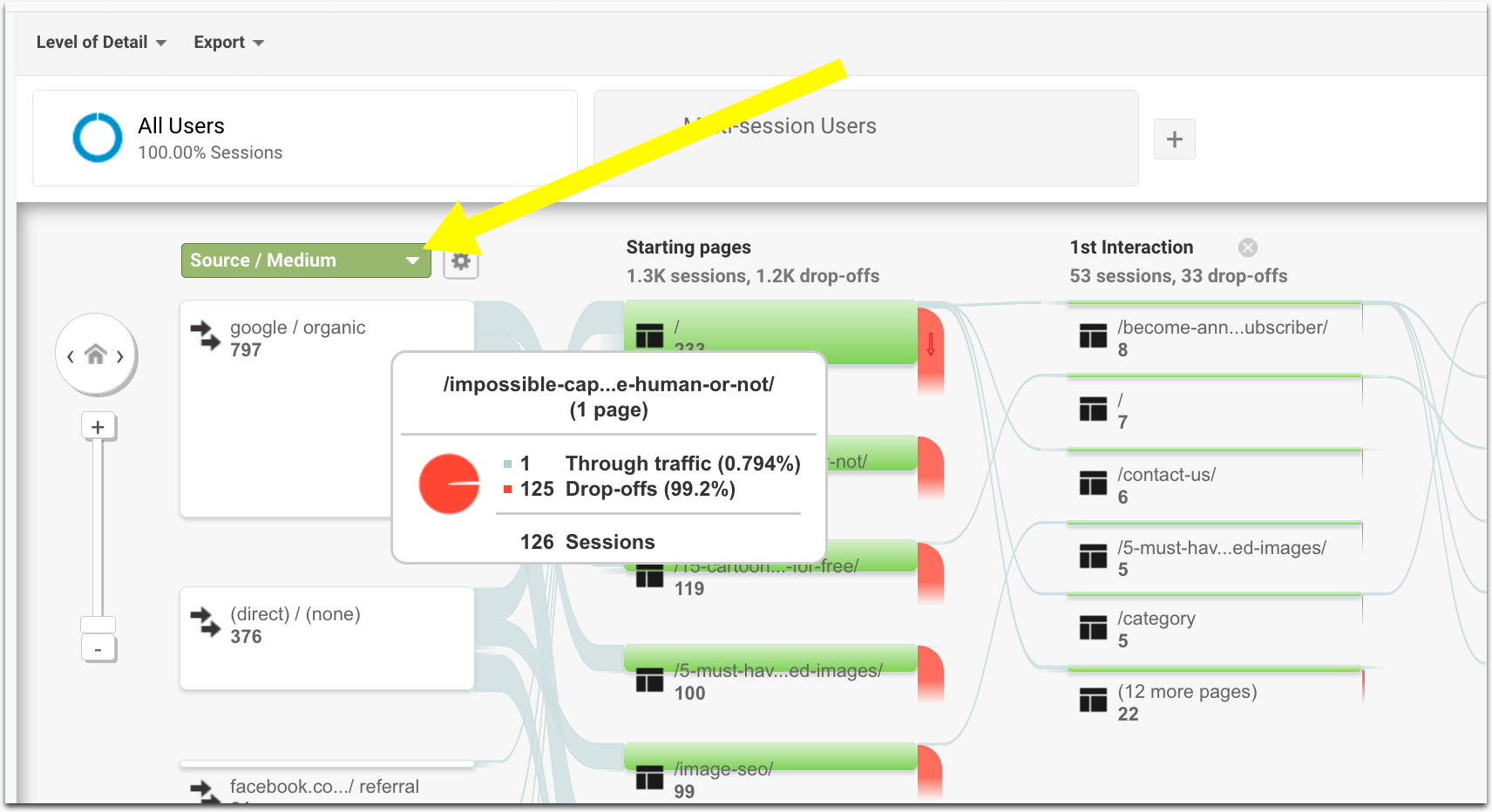
You can also click on the landing page to see traffic through that page highlighted. This gives you a solid understanding of how each landing page acquires and loses clicks and some ground for brainstorming how to utilize that traffic better:
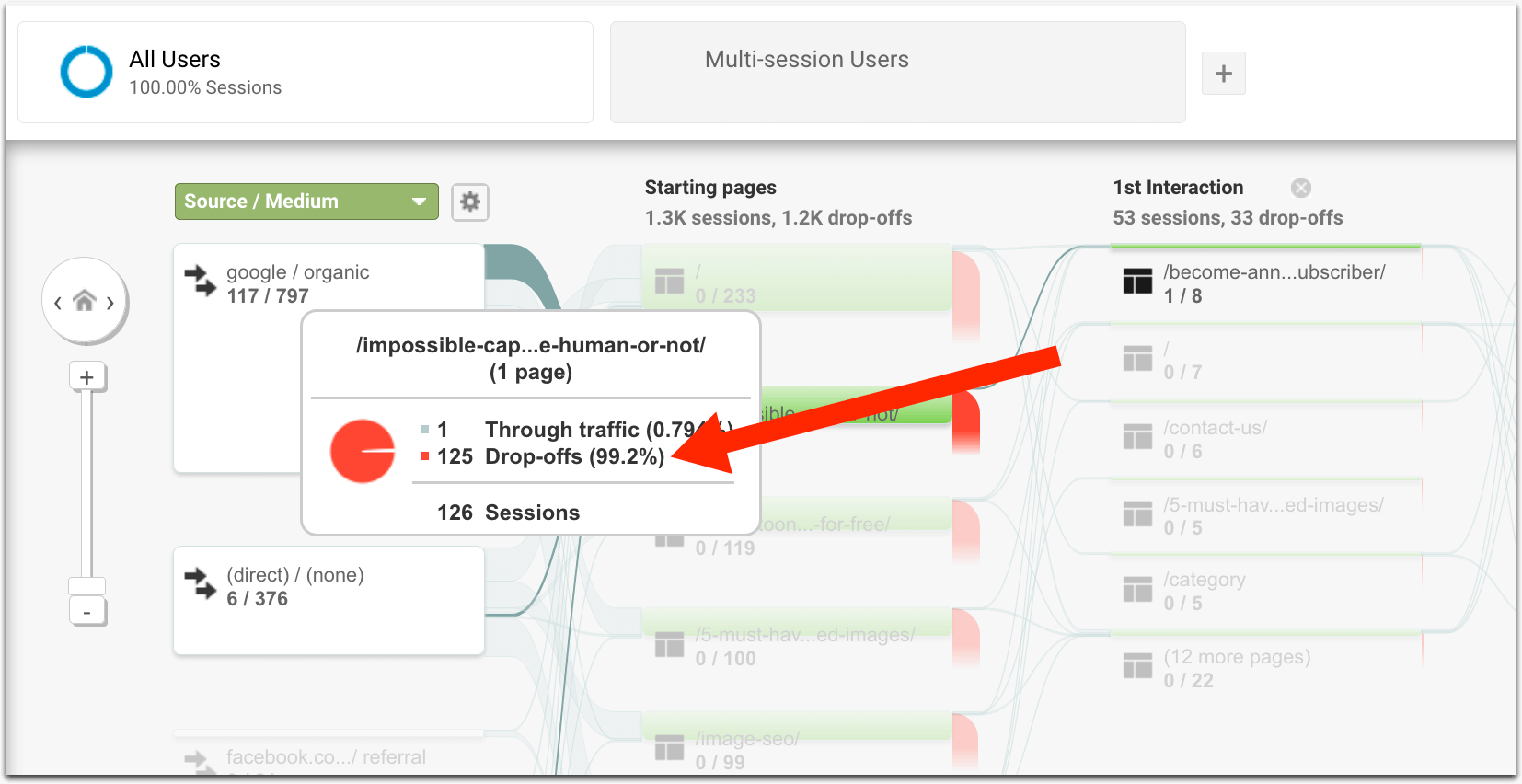
One of the most effective ways to come up with more lead magnets is to run a niche question research. Knowing which questions people type into Google’s search box gives you an incredible amount of insight into what they are struggling with and how you might be able to help them.
Google’s People Also Ask results help you collect some questions based on your query. Note that People Also Ask boxes are infinite: As you start clicking the questions, it will open up more and more questions below, so you can get a solid list in the end:
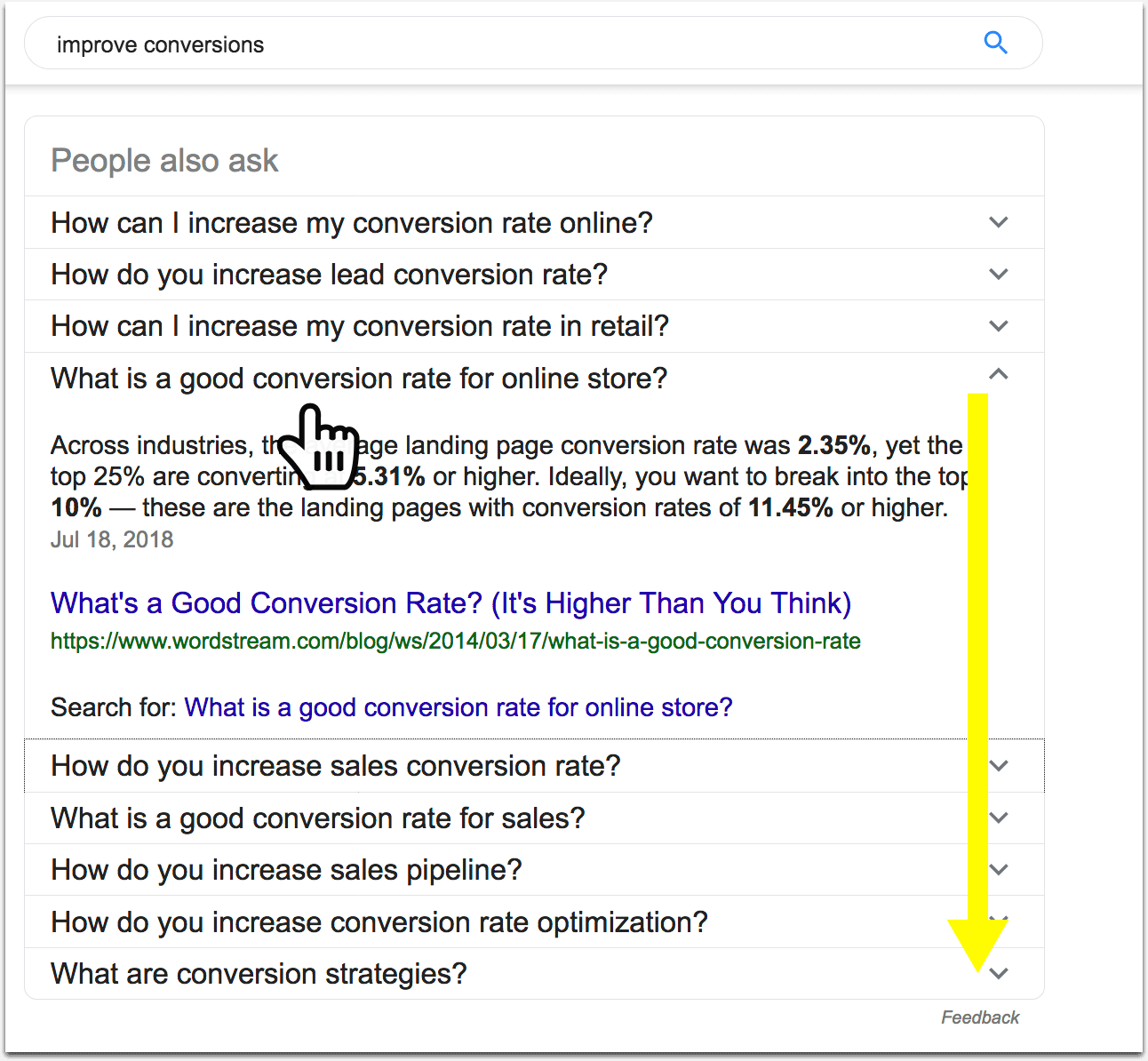
Many of those questions can be both a lead magnet idea and a good keyword to optimize your landing page promoting it.
Google bases these boxes on user behavior, so there should be enough people typing them in the search box. So these questions give you some insight into which information is in high demand.
More tools to research niche questions:
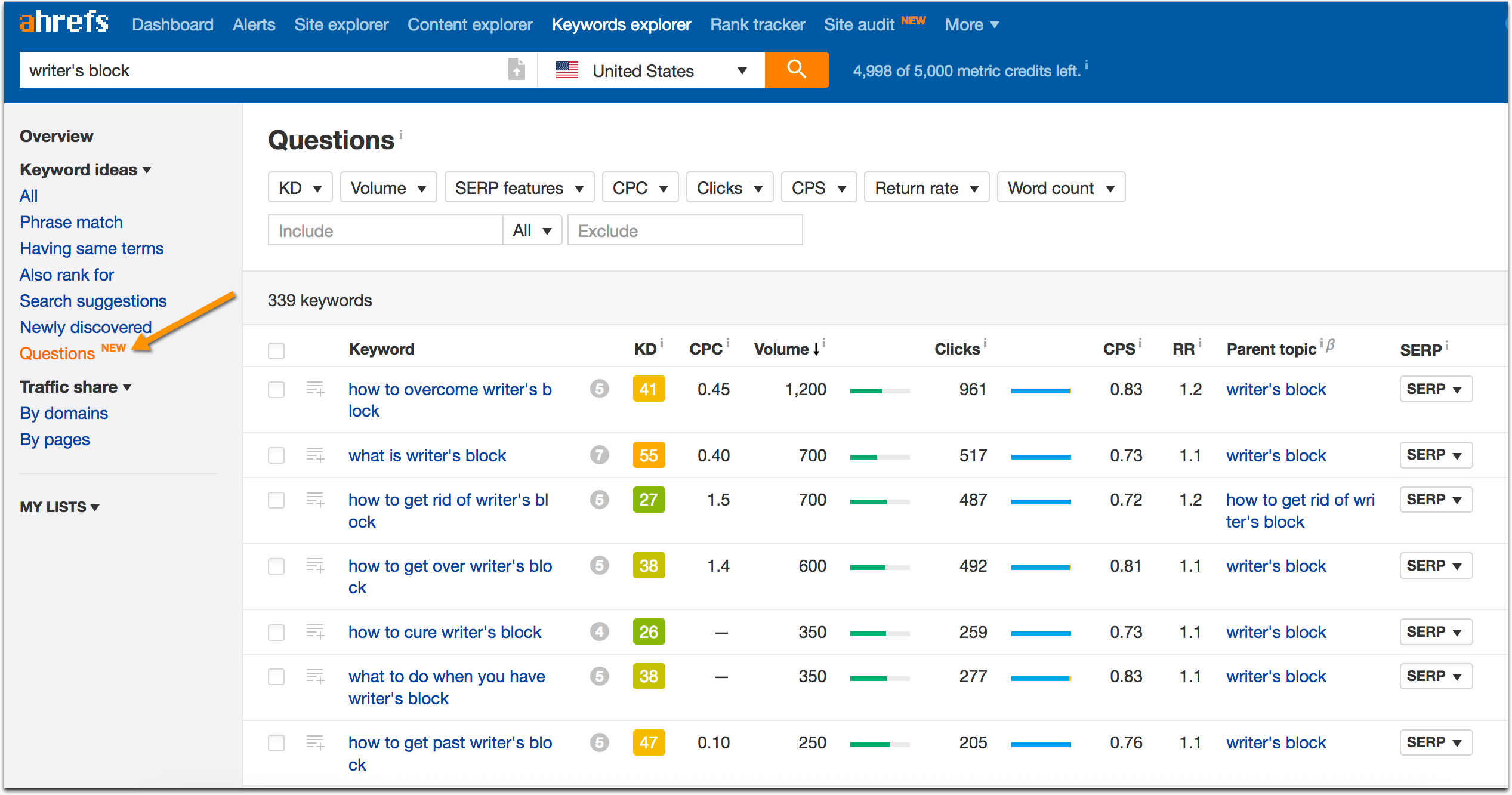
Some of your current content can be successfully re-packaged into a cool lead magnet. Identify your site most popular most engaging content and see if it can be expanded into an advanced content asset.
Use Text Optimizer‘s intent analysis to see how well your current content satisfies customer’s expectations and how to best expand it:
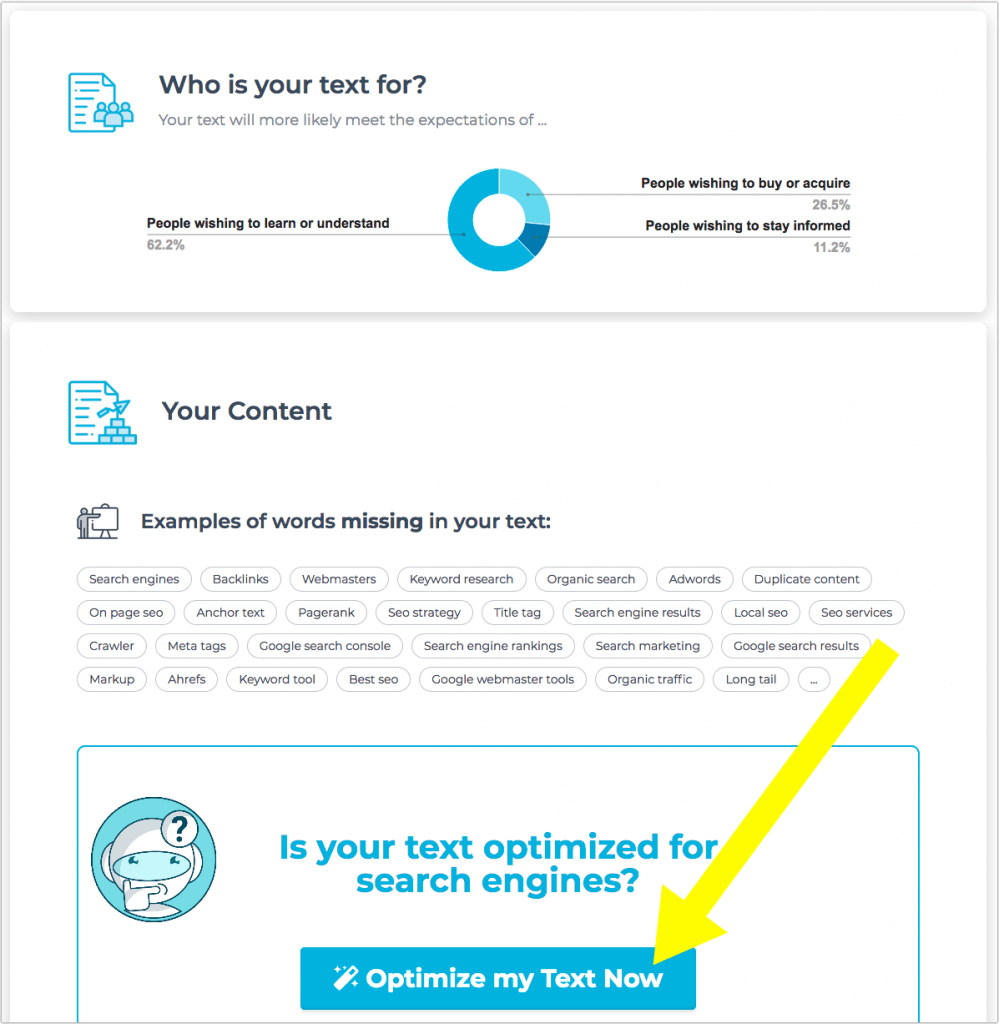
So you’ve singled out some lead magnet topic ideas. What’s next? How to actually create a lead magnet. Let’s outline the simplest process:
You want to identify the structure of your lead generation (i.e. what to cover) and its future format. For structure, dig some more into specific questions within your identified topic, find related tools and come up with the most suitable content format(s). For example, that could be an eBook with a helpful checklist that outlines the process.
It’s a good idea to keep your existing content in mind, for higher efficiency. Think which content you have ever created that answers your identified questions and how to use it.
For example, here’s a detailed tutorial on how to re-package your old content into a video course, which makes a great lead magnet, and how you can end up in even more content assets (podcats, GIFs, etc.) on your way there:
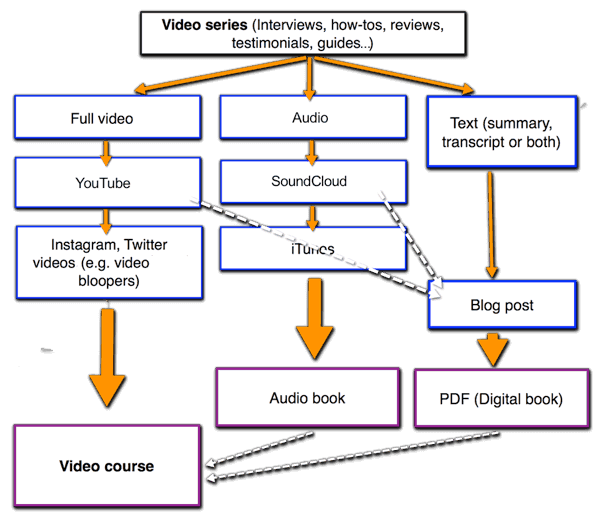
A great way to put the above flow chart in action is to consolidate all your video and downloadable assets through a video course. Kajabi is a solid platform allowing you to create comprehensive online courses.
Kajabi handles everything, from video hosting to landing page building allowing you to turn those readers into leads. You can also use built-in surveys to better engage your leads.
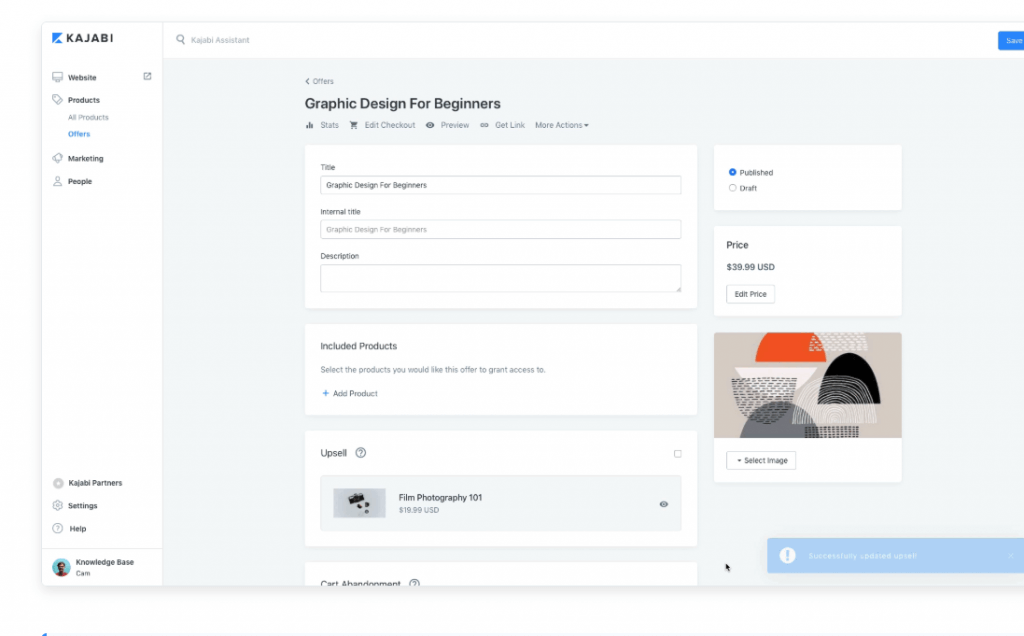
Upload your video content right to Kajabi and you’ll have the encoding and delivery of your videos powered by Wistia. Keep your customers informed about the product by posting announcements. You can read their guide on creating this type of a lead magnet here.
Do you know what makes an even better lead magnet?
The better-than-awesome lead magnet is one that promotes itself and drives not only leads, but also clicks.
There is no better way to create an asset that promotes itself than inviting niche influencers who will help you build it.
Collaboration is the powerful marketing tactic for creating long-term projects. Invite niche bloggers and social media influencers to contribute their thoughts, and offer to feature them on the landing page. This will be a powerful incentive for them to help you promote the final asset.
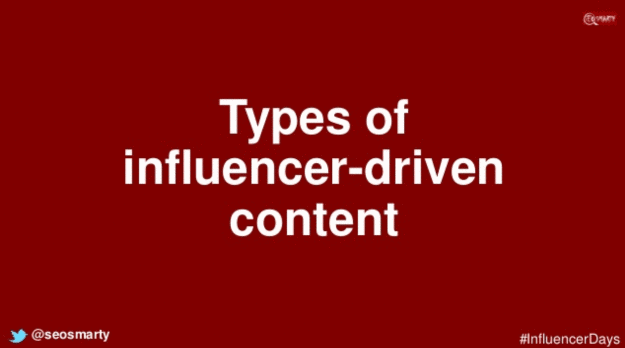
Luckily, there are tools for just about anything these days, so you may even keep the whole lead magnet creation process in-house, if you want to. Here are a few tools that will help you put together various lead magnets:
So you have your lead magnet created (It’s not a rocket science!), now what? How to use the lead magnet to actually get leads?
Here are a few ideas:
An exit intent popup is a popup that shows up just when your visitor is about to leave. They have been proven to be an effective marketing tactic catching almost lost leads. Putting your lead magnet on them to build up your list is definitely a smart idea.
PayKickstart offers you an easy way to set those up using “Exit-Intent Pop-up on Checkout“
Just enable this feature inside the Edit Product Settings. You can control the popup message and pick a design:
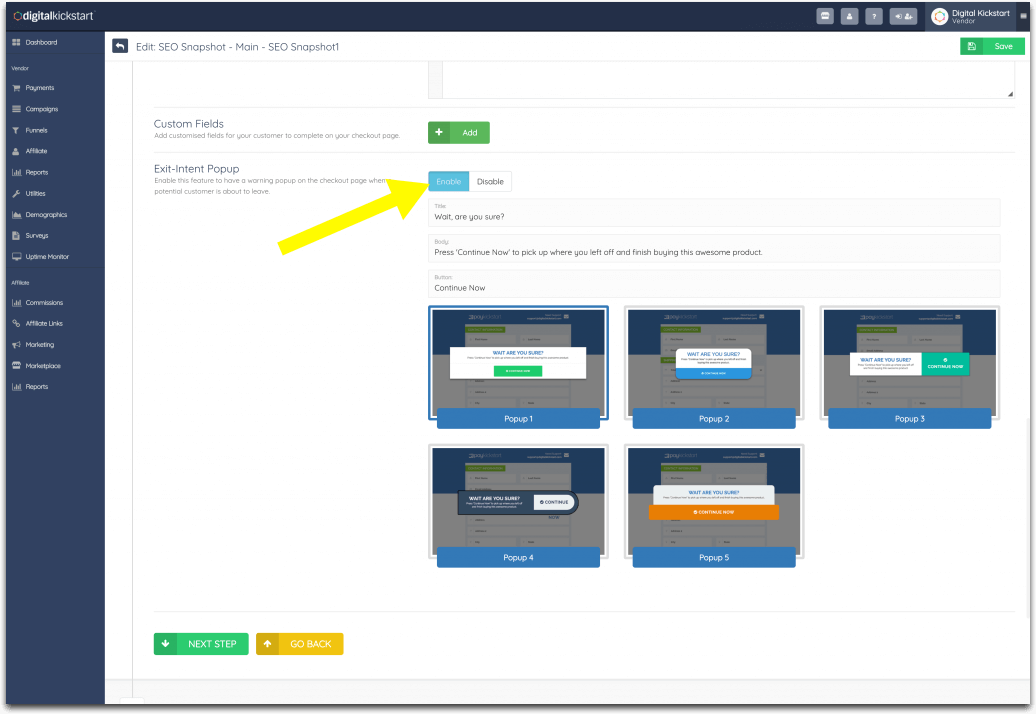
[Encourage your customer to complete the purchase and also offer your lead magnet as a free incentive!]
Facebook advertising doesn’t work well for all niches or for all types of products. In many cases, it’s smarter to use a secondary conversion funnel to collect leads first and then to market your product to them. For more information on this tactic, check out Susan Wenograd’s great guide on using Facebook advertising effectively.
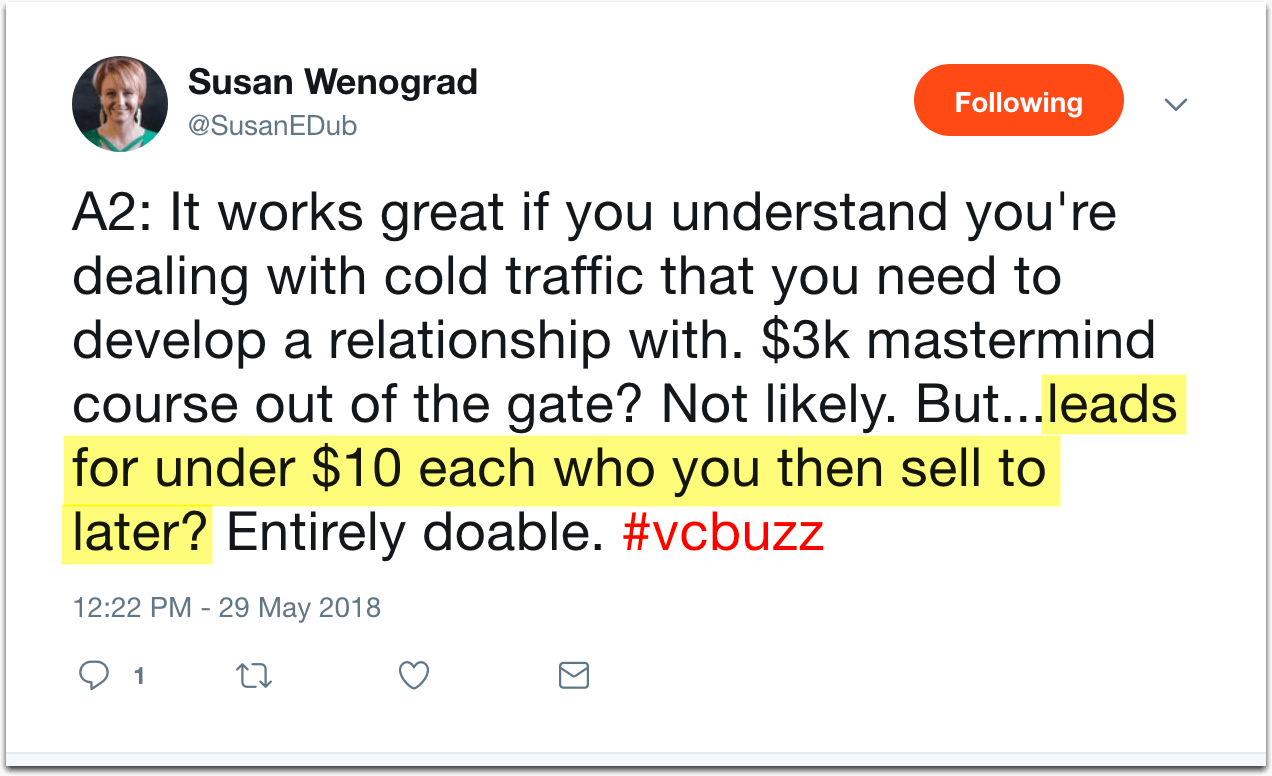
[Use your lead magnet to generate leads from Facebook ads, then sell to them later by nurturing your relationships]
Your job is not done once a purchase is made. Your current customers are your biggest asset because they are much more likely to buy again than a new lead. Start developing your relationships with your customers by giving away your lead magnet after they purchased from you. This will be a nice surprise for your customer as well as a way for you to tie them closer to your brand.
PayKickstart new sleek “Thank you” page offers you a nice place to link to your lead magnet download:
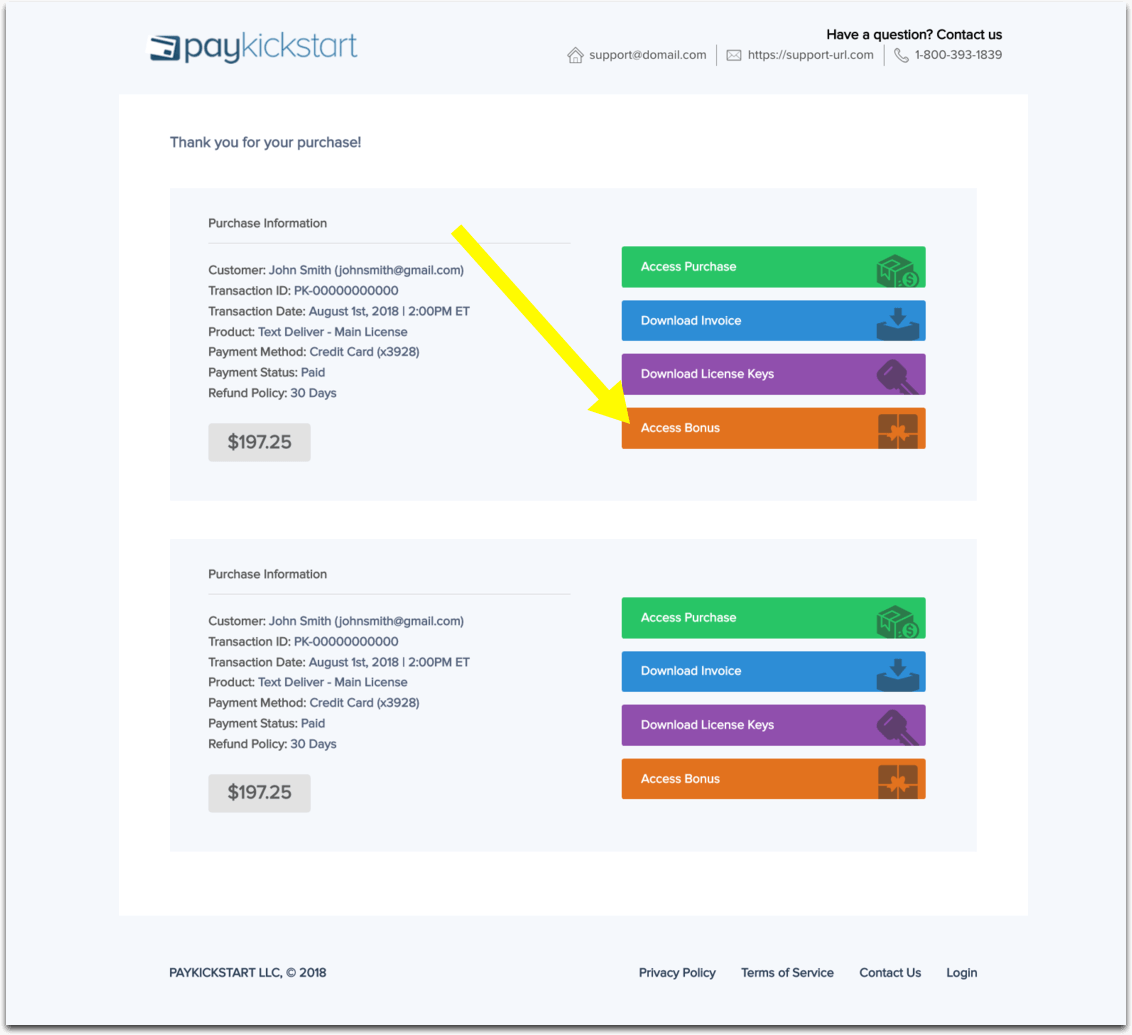
[Give your customers something to take home and remember you by]
Your blog is likely to attract users who are looking for information, rather than to buy. Just like with Facebook ads, it may be a better idea to match your offer to that intent and offer them free downloads instead of buying your front-end project.
You can certainly combine the two CTAs (e.g. explain how your products solve the described problem and “soft-sell” them from the context while inviting the readers to download your lead magnet from the blog-wide sidebar), but in most cases a free download makes a perfect primary conversion channel for the business blog:

There are lots of lead generation tools allowing you to create these types of CTAs.
Once you have a few lead magnets created, go ahead and create your own library (i.e. “Knowledge center”). Make sure to optimize the page for major informational queries in your niche to attract natural leads from search engines.
Check out this Paykickstart Marketing Library that contains our collection of useful freebies:
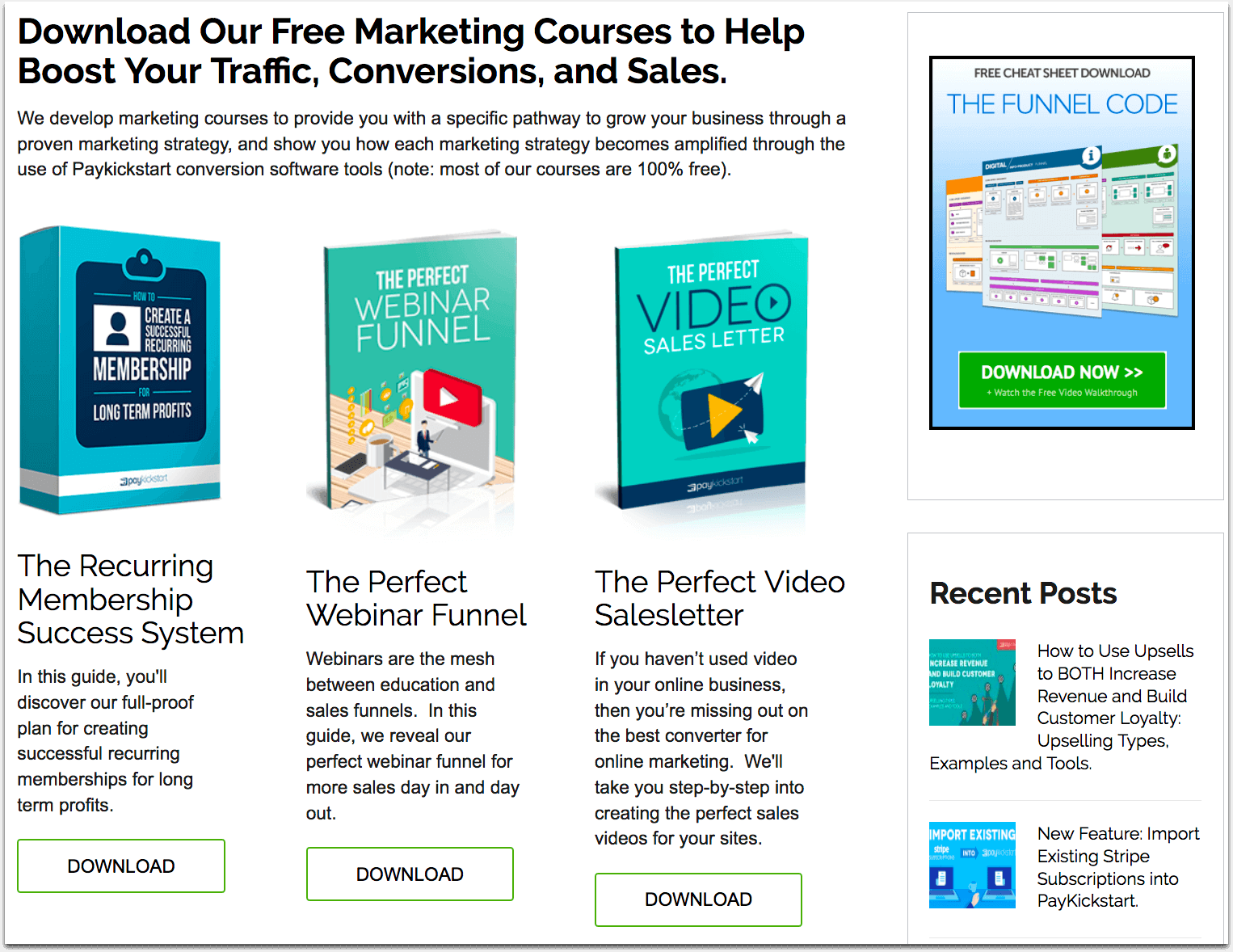
Good luck creating an effective lead magnet!
Ann Smarty is the Brand Manager at Internet Marketing Ninjas, as well as co-founder of Viral Content Bee. Ann has been into Internet Marketing for over a decade, she is the former Editor-in-Chief of Search Engine Journal and contributor to prominent search and social blogs including Small Biz Trends and Mashable. Ann is also the frequent speaker at Pubcon and the host of a weekly Twitter chat #vcbuzz
Read More About Ann Smarty